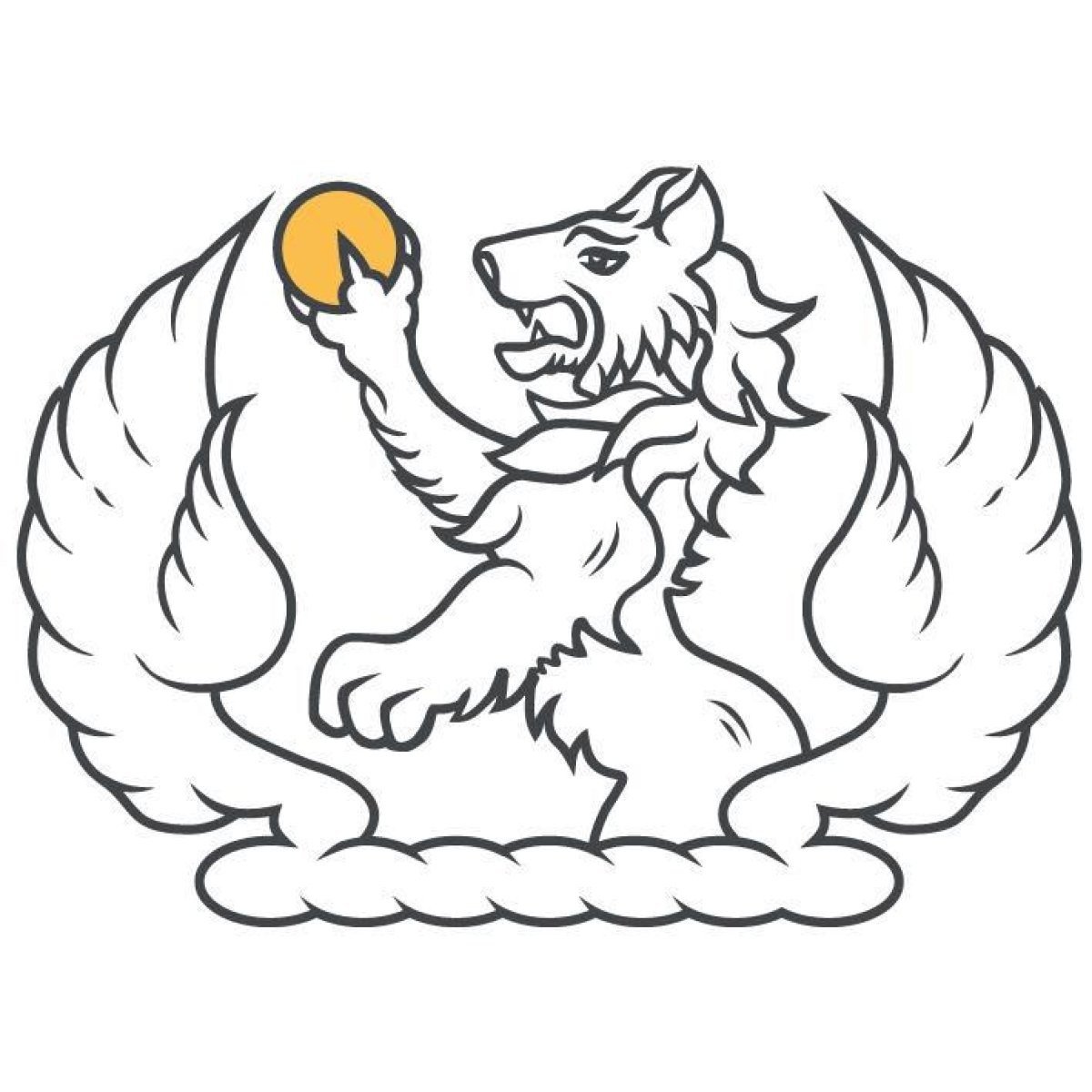Description
Darmah was born to respond to the commercial failure of the 1974 860 GT, heir to the 1971 750 GT, designed by Giorgetto Giugiaro and which did not receive the success hoped for due to its square aesthetic and reliability problems.
To design the new gran turismo of the Casa di Borgo Panigale, Leopoldo Tartarini, ex Ducati rider and patron of Italjet, was called who made a more pleasant and sporty style of the 860 GT, inspired by another Ducati he designed, the Sport Desmo 350/ 500. The new model was presented in December 1976 at the Bologna Motor Show, and production began the following year.
Compared to the 860 GT, the bike was differentiated not only for its aesthetics, but also for the use of Japanese-built instruments and electrical controls, for the use (for the first time on a street bike) of magnesium alloy wheels . Other innovations concern the frame, lowered and enlarged compared to the 860, and the mechanics, with the use of the thermal engine of the 900 SS with desmodromic distribution, with however smaller diameter intake ducts.
In 1978 Ducati made a sportier version of the Darmah, the SSD (Super Sport Desmo), produced until 1981 and which differs from the normal version (signed SD) for having a windshield, adjustable half-handlebars, backward footrests and the possibility of mounting 40mm carburetors.
Private Negotiation

















